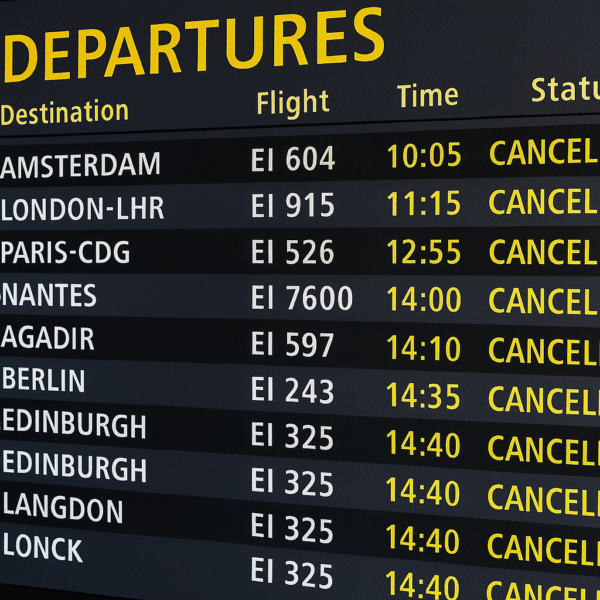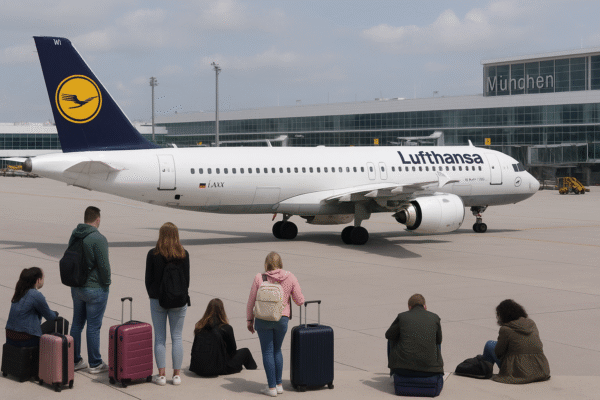India and China will resume direct flights after a five-year gap, bringing new energy to tourism and cross-border relations. The return of air connectivity signals a turning point for the two Asian giants. Travellers, students, business leaders, and tourists will now enjoy easier access across both countries. The first direct flight from Kolkata to Guangzhou will take off on 26 October, operated by IndiGo. This development will boost cultural exchange, strengthen business links, and expand travel opportunities.
The suspension of flights since 2020 forced travellers to rely on complex routes through third countries. That long disruption resulted from the Galwan Valley clash, which froze bilateral engagement and strained ties. Now, with renewed discussions and a commitment to rebuild trust, both governments have cleared the path for restored connectivity.
Importance for Travellers
For many, the lack of direct flights created both financial and logistical hurdles. Indian students enrolled in Chinese universities faced lengthy detours and higher costs. Chinese business delegates had to navigate complex travel plans, reducing the frequency of visits. Medical tourists also suffered, as India’s renowned hospitals became harder to reach. The resumption of flights addresses these concerns, making journeys affordable and accessible once again.
Tourists stand to benefit the most. Visitors from China can explore India’s cultural cities, ancient temples, and pilgrimage trails. Indian travelers can immerse themselves in the vibrant food, trade, and heritage hubs of Southern China. Kolkata serves as a key gateway to Eastern India, while Guangzhou offers dynamic economic and cultural experiences. Direct flights ensure smoother journeys and more time at destinations rather than airports.
Economic Impact
The tourism industry expects a surge in demand. Hotels, tour operators, and local businesses in both countries will gain from increased visitor inflows. Travel agencies in Kolkata are already designing packages to attract Chinese tourists with Buddhist heritage tours. Chinese agencies are highlighting Guangzhou’s shopping districts, river cruises, and culinary experiences for Indian travellers.
Medical tourism will also revive. Indian hospitals will welcome more Chinese patients seeking advanced treatments. Universities are preparing for higher enrolments as easier travel makes international study more appealing. Entrepreneurs expect more trade missions, exhibitions, and corporate delegations to cross borders in the coming months.
Symbol of Growing Trust
The return of direct flights reflects more than just a business decision. It represents a signal of growing cooperation and willingness to move forward. Both governments have taken steps to rebuild trust through border talks, regulated patrols, and renewed pilgrimage routes. India has restarted visa services for Chinese citizens, while China has opened access to sacred sites for Indian pilgrims.
Diplomatic meetings have further supported the effort. Visits by senior leaders from both nations have highlighted the importance of dialogue and shared regional goals. The Shanghai Cooperation Organisation summit brought Prime Minister Narendra Modi and President Xi Jinping together, reinforcing the desire for stability and collaboration.
Tourism Growth and Cultural Exchange
Travel industry experts predict cultural exchanges will increase sharply. Group tours, academic collaborations, and cultural festivals will again connect people from both sides. Musicians, artists, and sports teams may also find new opportunities to perform and compete across borders. Tourism growth in Asia relies heavily on people-to-people contact, and direct flights provide the infrastructure for such connections.
Kolkata is preparing to showcase its rich heritage. The city offers a mix of colonial architecture, vibrant markets, and spiritual landmarks. Guangzhou, known for its trade fairs, riverfronts, and Cantonese cuisine, will attract Indian visitors looking for cultural immersion. Together, these routes encourage discovery of each country’s diversity and traditions.
Global Context
The timing of resumed flights also carries wider significance. Both India and China aim to strengthen their positions in the global economy. Trade tensions with the United States have influenced strategies, and closer ties between Delhi and Beijing serve mutual interests. By reopening direct flights, both nations ensure that cultural and economic exchanges match the pace of high-level agreements.
Looking Ahead
The restart of flights between India and China marks a new phase in regional cooperation. Tourism operators, students, medical professionals, and business leaders will all feel the positive effects. Governments have paired diplomatic trust-building with practical action, offering citizens smoother travel and broader opportunities.
The road ahead will still hold challenges, especially along disputed borders. However, the decision to restore air links reflects optimism and a commitment to progress. Tourism growth in Asia depends on collaboration, and this move demonstrates how two neighbours can use connectivity to heal differences.
For travellers, the benefits are clear: faster journeys, affordable options, and direct access to vibrant cultures. For the tourism sector, it promises growth, investment, and renewed vitality. As flights resume, the skies between India and China will not only carry passengers but also a renewed spirit of cooperation and discovery.
For more travel news like this, keep reading Global Travel Wire

















